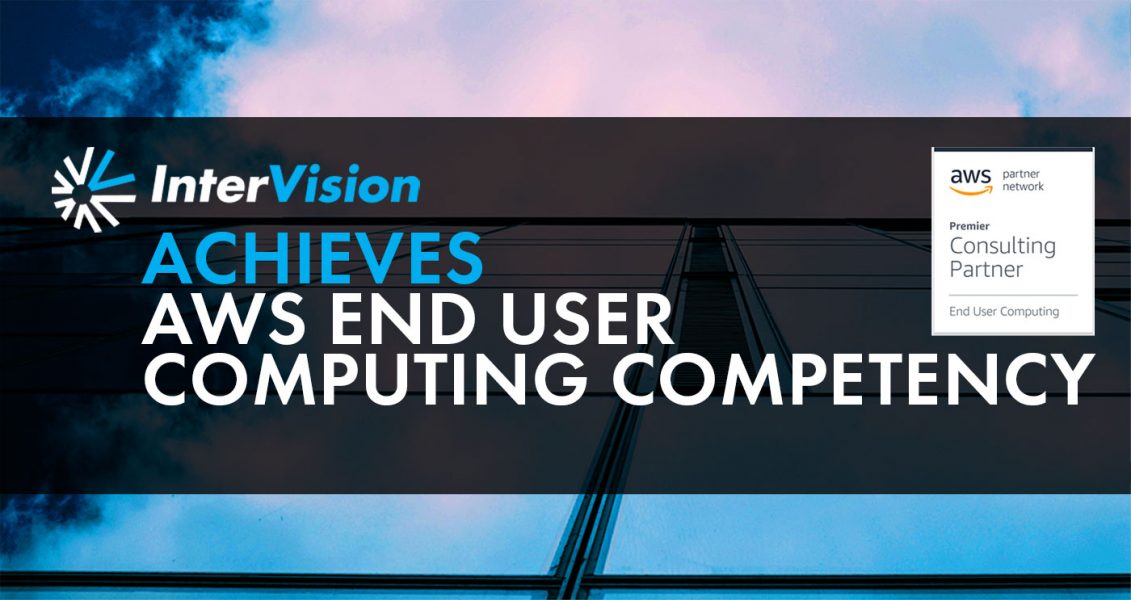Aleta, VP of Consulting Services for CGI, discusses the heroic efforts made to enable a remote workforce, security and women in tech.
This project allowed TaskUs to keep its people safe across the globe at a time when their competition struggled to do so.
When the COVID-19 crisis hit, people were forced home, hospitals were quickly overwhelmed, and the economy dissolved into a recession. As companies are working hard to support their employees, serve their clients and survive, IT leaders are in the forefront now more than ever.
Traditional norms were no doubt disrupted in 2020, which makes 2021 predictions a big question mark of how things will evolve. As we reflect on lessons learned from 2020, one commonality among those we saw thrive is that being prepared for the uncertain means pivoting your company toward a stance that emphasizes agility, speed and security.
As stay-at-home measures have accelerated the need for production workflows that can be performed remotely, DirecTV has delivered for its workforce and led the industry in overcoming this challenge.
InterVision provisioned an AWS cloud architecture that included AWS WorkSpaces Desktop, Identity Management via Microsoft Active Directory, and AWS Transit Gateway using Palo Alto Networks firewalls for their complex networking and routing needs. In the end, most projects of this scale take approximately 3 months but COVID-19 brought the best out in both teams and our strong 24×7 collaboration, deep bench, and systemic automation allowed us to complete this project in one week.
InterVision’s depth of expertise in remote workforce enablement made us a good fit for their project’s objective. We worked closely with their IT team to provision a new VPN with Cisco’s AnyConnect that not only connected employees to their IT systems remotely, but also emphasized the necessary security and compliance standards they needed.
In this episode of Status Go, we welcome, Curt Kwak, CIO of Proliance Surgeons. Like everyone, the scope of the COVID-19 pandemic didn’t fully sink in for Curt Kwak and his team until it was upon them, and being in Seattle, they were some of the first hit in a very real way. In his conversation with Jeff Ton, Curt tells us how his team triaged and prioritized to keep the organization up and running, how they kept from ever losing communication and continued to uphold their commitment to their community.
InterVision Achieves AWS End User Computing Competency Status | Achievement follows strategic service provider’s elevation to AWS Migration Competency Partner
As we settle into new ways of working remotely, it is crucial for company IT leadership to manage their workforce in terms of security, communications, and applications being used. Since employees are not able to use the network and applications previously available from being in office, and security risks are peaking, it has become crucial to continue updating these strategies and technologies to reflect the changing times we are living in.












